Last updated on March 25, 2024
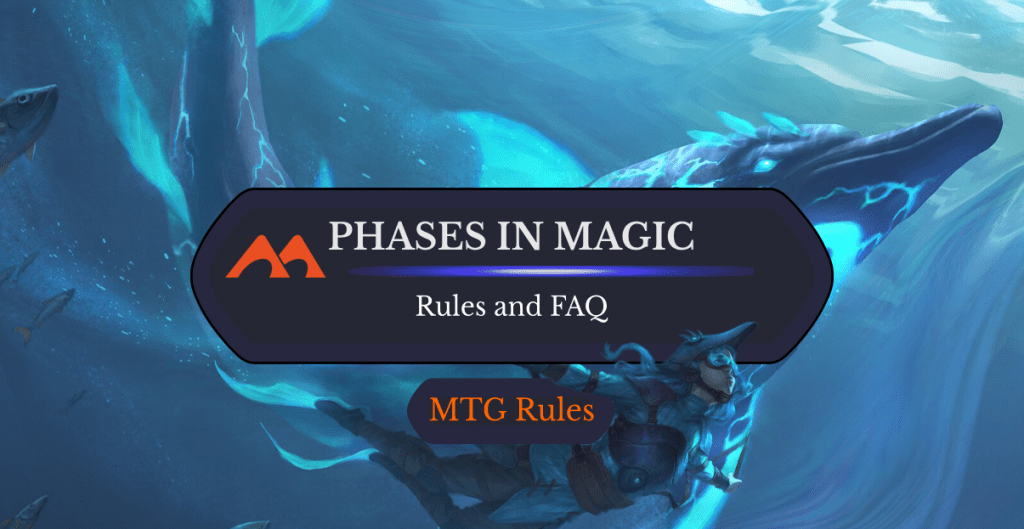
Phase Dolphin | Illustration by Lie Setiawan
If you’ve ever competed in a Magic tournament before, you’ve likely overheard a heated argument about turn structure. Maybe you participated in that argument. The term “priority” was probably thrown in there too. We all like to think that we’re experts at the game and that anyone who disagrees with us is wrong, but it’s always good to get a refresher on the phases once in a while just to make sure that you’re playing the game correctly.
Understanding the phases of Magic won’t just help you become a law-abiding Magic citizen, it also helps you make more optimal in-game decisions. Know when mana empties from the mana pool or when your opponent has priority and it can be the difference between a win and a loss.
Without further ado, let’s get to it!
What Are the 5 Phases in a Turn of Magic?
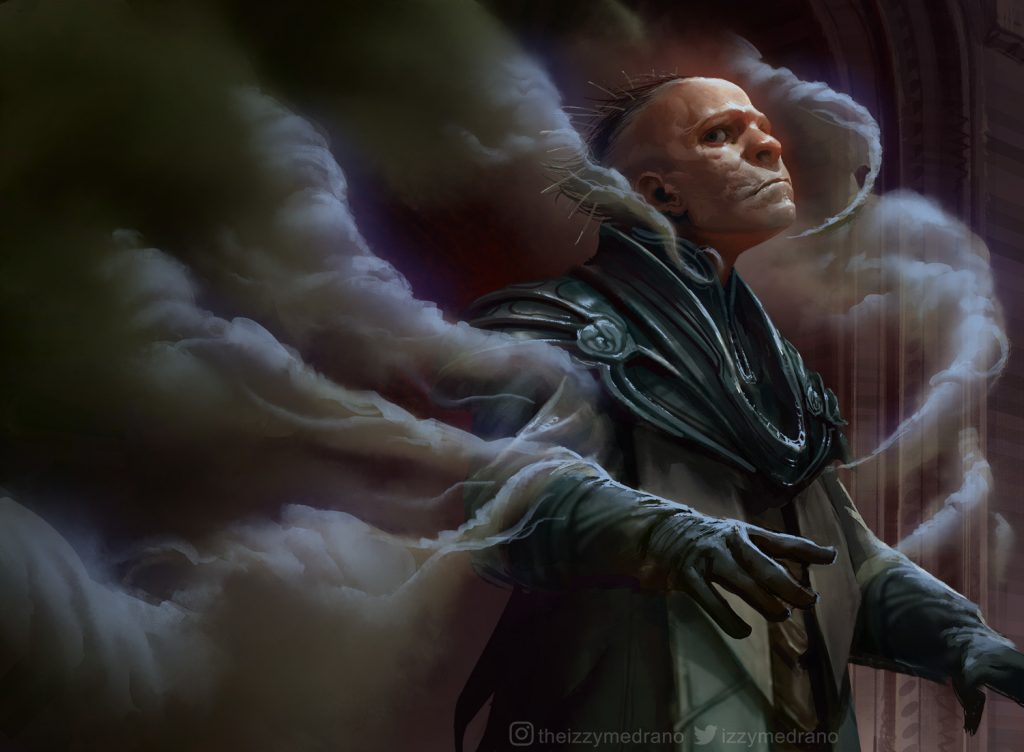
Unexplained Disappearance | Illustration by Izzy
Each turn in Magic has five phases: the beginning phase, the pre-combat main phase, combat phase, post-combat main phase, and the ending phase. Let’s take a look at each one separately.
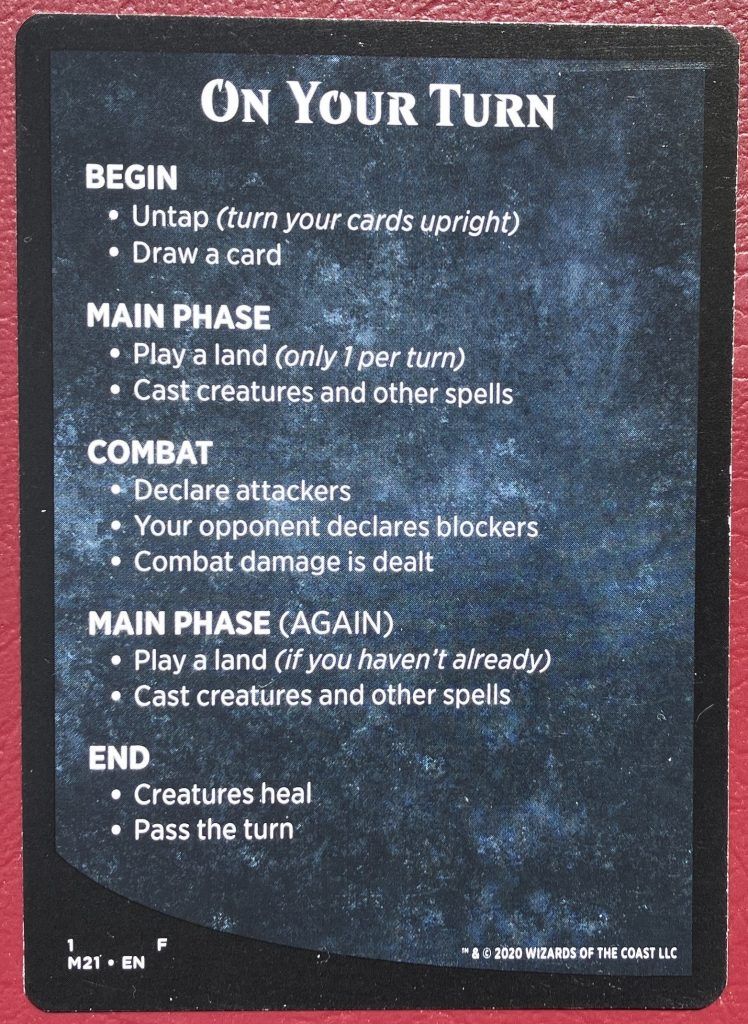
#1. Beginning Phase
The beginning phase consists of three parts that every player learns when they play the game for the first time: the untap step, the upkeep step, and the draw step.
Untap Step
First, the “active” player untaps all the permanents they control. This is the untap step. Then the upkeep step begins.
Upkeep Step
All “beginning of upkeep” abilities trigger and are put onto the stack. After these abilities resolve the active player gets priority. More on that later.
Draw Step
Finally, the active player draws a card into their hand and moves on to pre-combat, the first main phase.
#2. Pre-Combat Main Phase
Next up is the pre-combat main phase, one of the two main phases in a turn. Any “beginning of main phase” abilities go on the stack and then the active player gets priority. Lands, most permanents, and sorcery-speed cards can be played during this phase or the post-combat main phase.
Expert players will tell you to play your cards after combat to give your opponent the least amount of info possible during combat. While there are plenty of exceptions to this rule, just keep in mind that you do not have to play all your cards during the pre-combat main phase.
Combat Phase

Kels, Fight Fixer | Illustration by Magali Villeneuve
The combat phase is where most of the action happens. It’s broken down into five steps: beginning of combat, declare attackers, declare blockers, combat damage, and end of combat.
Beginning of Combat Step
The beginning of combat step is there for all “beginning of combat” abilities to trigger and resolve. None of the creatures are attacking or blocking yet.
Declare Attackers Step
All attackers, are declared during this step and those that do become tapped. With some exceptions, creatures attack the defending player, as in your creatures could attack a planeswalker, or second opponent, but those are separate discussions.
Declare Blockers Step
The declare blockers step lets the defending player choose how many and which of their creatures will block. Multiple creatures can block a single attacker, and any blocked attacker does not deal combat damage to a player.
First Strike Combat Damage Step
Any creatures in combat with first strike or double strike deal their damage before regular combat damage. A creature that is removed during this step, does not deal damage in the regular combat step.
Combat Damage Step
Combat damage is calculated during this step and all damage is dealt at the same time.
End of Combat Step
At the end of the combat damage steps, any creatures that were dealt lethal damage go to the graveyard and the turn progresses to the end of combat.
If no attackers are declared during the declare attackers step, the declare blockers and combat damage steps are skipped.
Post-Combat Main Phase
Other than being after combat, the post-combat main phase is identical to the pre-combat main phase. They’re both subject to the same rules and structure. You may only play one land in either of your main phases.
Ending Phase
The ending phase consists of two steps: end step and cleanup step.
End Step
At the beginning of the end step, the active player immediately gets priority. This is the last part of the turn where cards and abilities can be played.
Cleanup Step
After both players have passed priority, the cleanup step takes place. Any player that has more than seven cards in hand discards down to their maximum hand size and all damage is removed from permanents.
What is Priority and How is it Used?
If you play digital Magic, you probably know a thing or two about priority. Basically, you can only cast a spell if you have priority. If both players want to cast a spell, whoever has priority gets to go first.
The active player (whose turn it is) gains priority at the start of each phase. You give priority to your opponent whenever you cast a spell (so that your opponent may respond to it) or by passing priority. Passing priority can be done verbally or with the click of a button if you’re playing online. Both players need to pass priority for a spell or ability to resolve. If the stack is empty and both players pass priority, the game progresses to the next phase of the turn.
You may not even be aware of this concept if you use MTG Arena, because the game takes care of all this passing back and forth for you. But strategically it may occasionally make sense to set stops to get priority for certain plays.
Steps vs. Phases
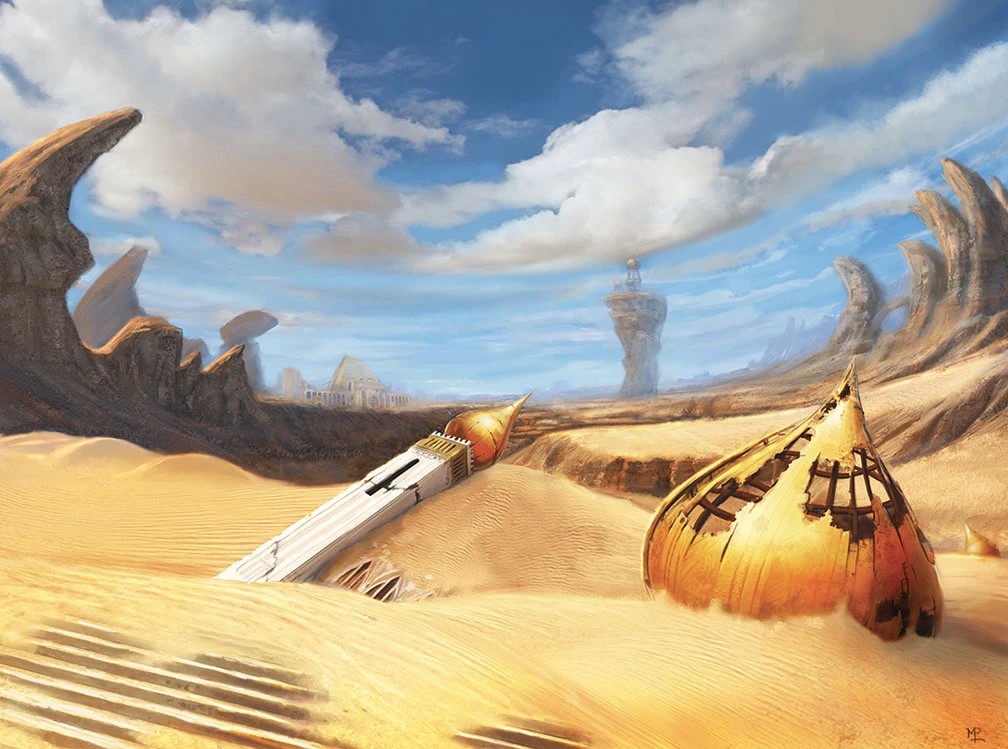
Wasteland | Illustration by Mark Poole
As you can probably guess from the previous explanations, steps are simply a subset of phases. Each turn consists of several phases, and each phase consists of several steps.
Do You Lose Mana at the End of Each Phase?
Yes, you lose mana at the end of each phase. When I said that understanding Magic’s turn structure can mean the difference between a win and a loss, I was specifically thinking about mana constraints.
Don’t believe me? Let’s imagine a game where it’s your turn, your opponent has three life, and you have Lightning Bolt in your hand. Your opponent has two untapped lands in play, and you’re pretty sure they’re holding Counterspell.
They’ll counter your Bolt if you play it right away, and then it’s anybody’s game.
Luckily, you also have Wasteland in play, so you can remove one of their lands. If your opponent knows what they’re doing, they’ll tap their land for a mana in response to it being destroyed, leaving one blue mana in their mana pool. Now the situation’s a bit different. Instead of having two untapped lands in play, your opponent has one untapped land in play and one blue mana in their mana pool. What do you do?

If it’s your pre-combat main phase, you can just pass priority! Your opponent’s mana pool will empty and they’ll no longer be able to cast Counterspell because they only have one untapped land. Now you can cast Lightning Bolt during combat or the postcombat main phase with less worry about it being countered.
Can You Do Anything Before Your Upkeep?
No. You can only cast a card or activate an ability when you have priority, and priority is assigned at the beginning of the upkeep step. Any triggered abilities that happen during the untap step can only be responded to during the upkeep step.
Can You Play Instants During An Opponent's Main Phase?
Yes, you can play instants or activate abilities during your opponent's main phase if they have passed priority.
Are there Two Combat Phases?
No, there is one combat phase. Sometimes, there is a first strike combat damage step, and a few cards add extra combat phases.
What Does “End of Turn” Really Mean?
“End of turn” actually means at the beginning of the end step, not the very end of turn. All cards that say “at the end of turn” will trigger at the beginning of the end step.
What Was a Phase Ability?
Some older cards have phasing abilities. They haven’t disappeared, per se. Many of them are still legal in some formats, but their wording has been changed to make them easier to understand.
Take Armageddon Clock. as an example. It used to say, “Put one counter on Armageddon Clock during each of your upkeeps.” This is a phasing ability. The problem is that the card doesn’t specify at what point during your upkeep this ability was supposed to trigger.
Instead of removing the card altogether, Wizards changed the official text to, “At the beginning of your upkeep, put a doom counter on Armageddon Clock.” The card is functionally the same, but the logic is easier to follow. Several other cards have been updated in similar fashion.
Pass the Turn
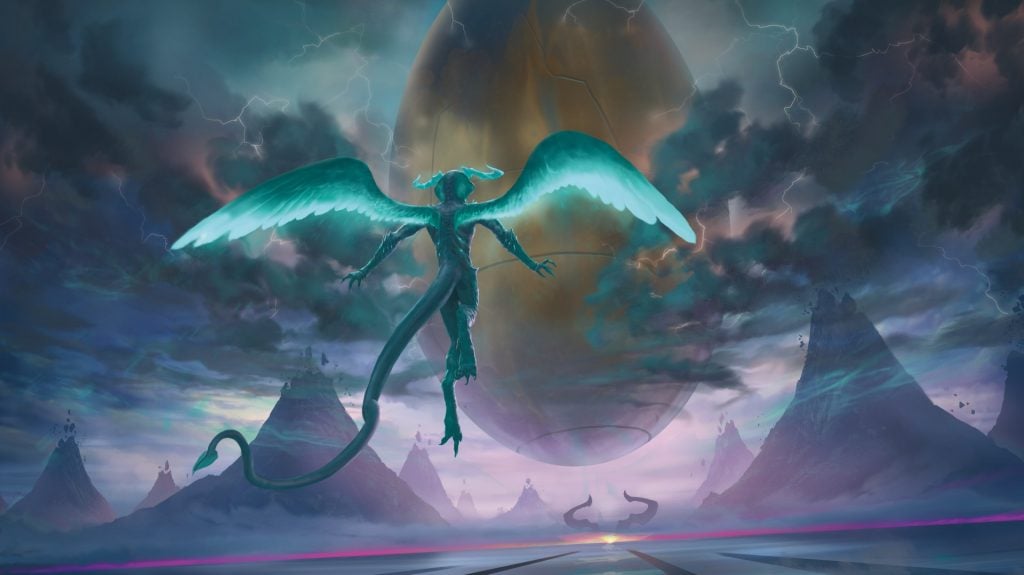
Finale of Revelation | Illustration by Johann Bodin
Hopefully, any questions you had about phases in Magic have been answered. I know that all those little details about turn structure may seem tedious, especially if you mostly play Magic in person. If you’re just playing with friends, obeying Magic’s fine-print rulings is probably not your top priority.
But if you’re competing in a tournament, and un-set draft, I promise that knowing these rules comes in handy. Don’t worry if you forget a few things, though, since you can always call a judge to your table if you need to. They know the intricacies of turn structure inside and out.
Has your superior knowledge of turn structure ever won you a game? Has it ever cost you a game? I’d love to hear about your experience with Magic phases, whether it’s down below in the comment section on our Reddit, Facebook, Twitter, or Discord.
Until then, see you next time!
Follow Draftsim for awesome articles and set updates: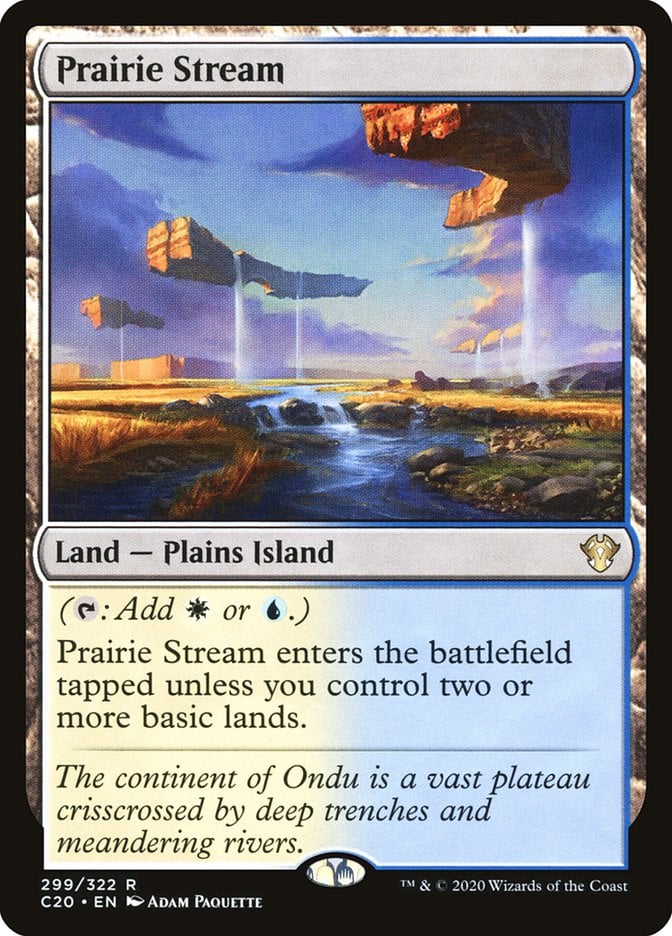
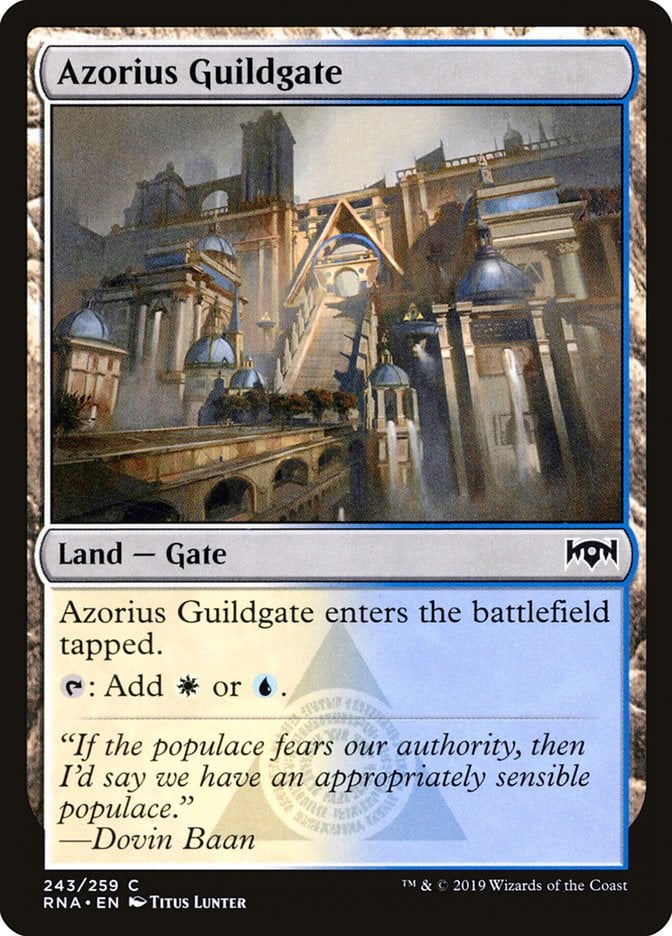
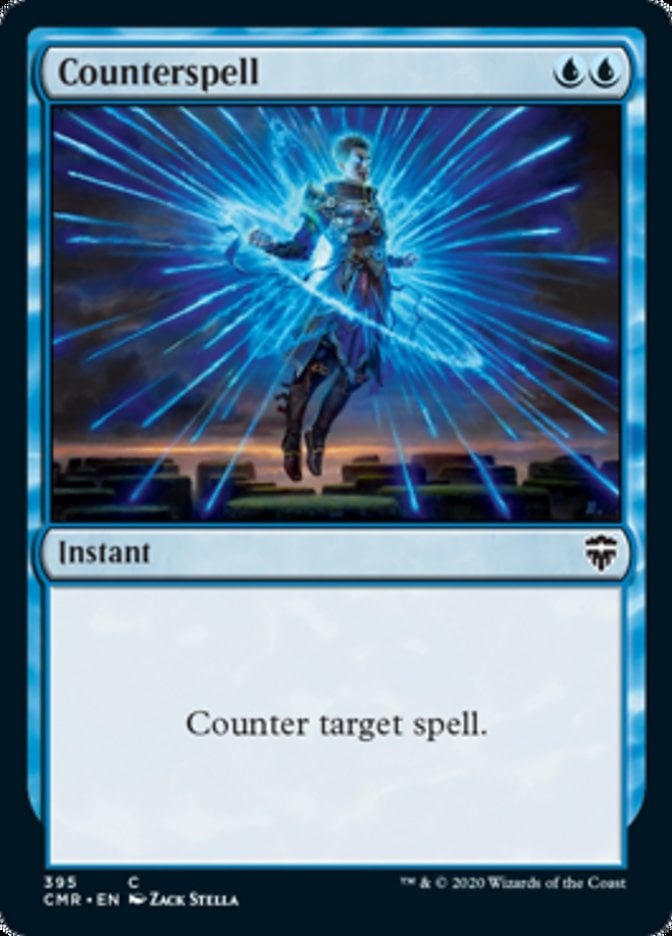
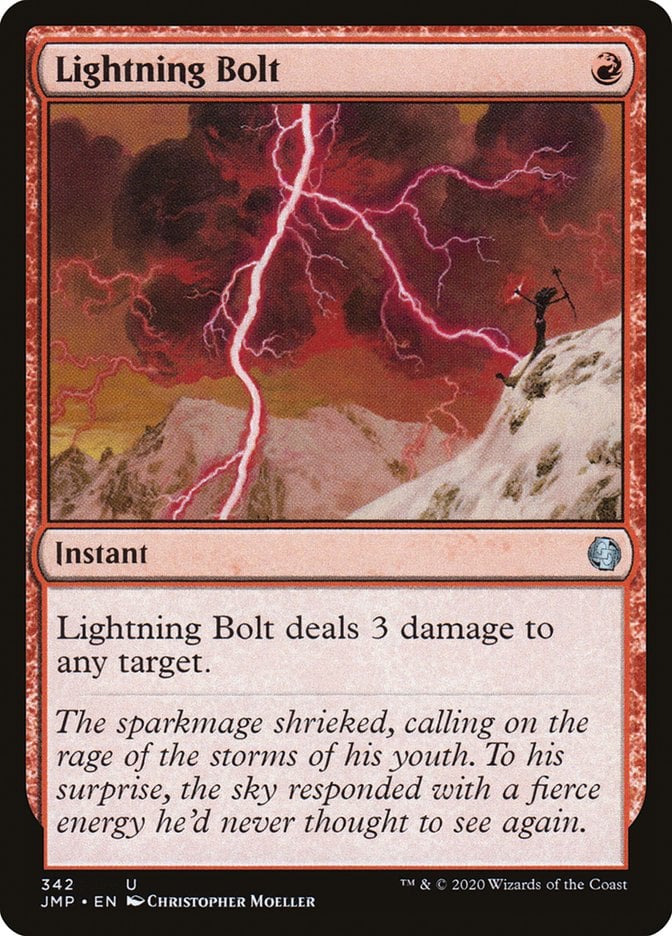
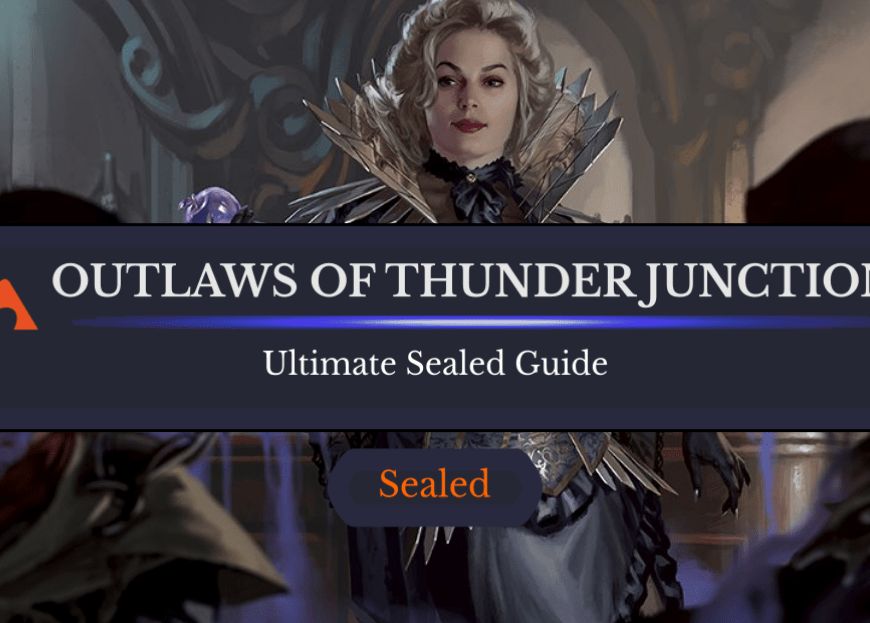

Add Comment